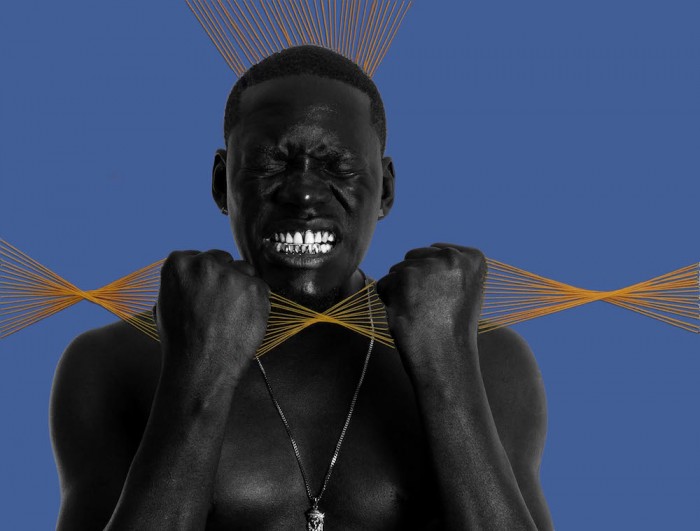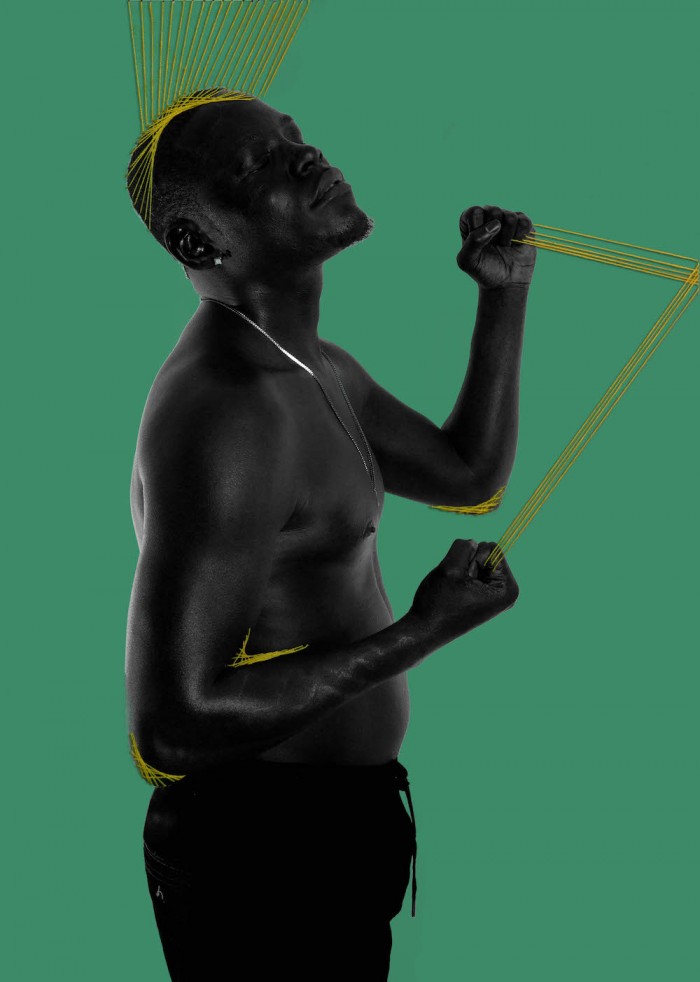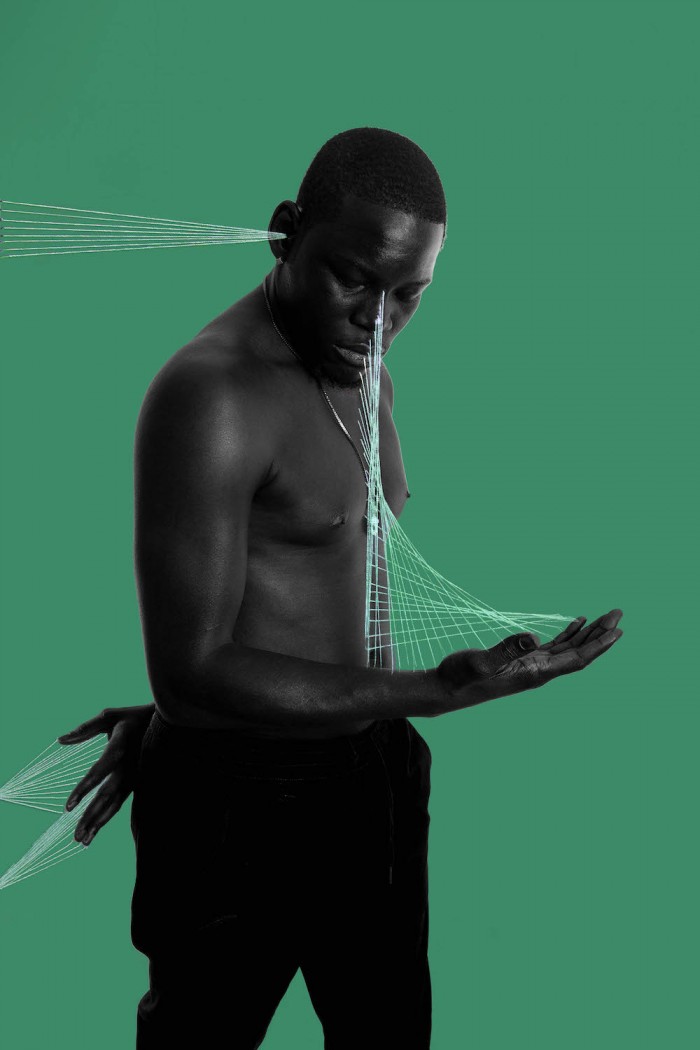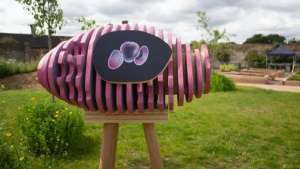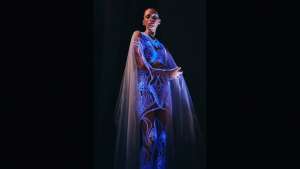Physical strength, sexuality, and aggression are all stereotypes that make up the typical hyper-masculine man – the image boys are still taught to aspire to.
Haitian photographer Zarita Zevallos’ Kòktèl is a portraiture series about the diversity of masculinity rather than its confines.
Kòktèl is the Haitian Creole word for cocktail, and like the blended drink, black men are made of many things, says Zevallos. But, as a woman, the photographer chose to let black men speak for themselves through her work.
Zevallos juxtaposed the grayscale-filtered bodies of her subject against a bright background. Drawing on the personal narratives that black men shared with her, she represented their frustration, conflict and identity through colourful threads that bend, twist and expand around them.
“The thread bending, crossing and extending around and over the man's body sometimes express the turmoil in which different men find themselves, other times it represents the way men spin the web of their individuality,” she explains.
By looking at masculinity, Zevallos’ series also reveals the trauma that takes place when men don’t stay inside their prescribed boxes. In the LGBTQ community, black men face a double prejudice of homophobia and racism.
Zevallos’ experiences of the problem date back to her upbringing in Haiti. She lived there until she turned 16, after which she moved to Puerto Rico and now she lives in New York.
The Caribbean country has its share of LGBTQ challenges. Although there are no laws criminalising homosexuality, the community still faces stigma and threats of violence.
Meanwhile, in the US, violence against African American men is consistently in the headlines and most recently, US president Donald Trump announced, on Twitter, that transgender people would not be allowed in the country’s military.
“It's very important for me to give men a place to share their reality with the world whether it be pain, happiness, freedom or rejection,” Zevallos explains. “Each picture expresses an emotion that I imagined men could go through during the search for their own personality.
“There is anger, confusion, childishness, sexiness, being trapped, introspective, in control and chaotic, and I wanted to express those emotions with colour and movement.”
Here are some of Zevallos’ photographs alongside the personal narratives that inspired them:

